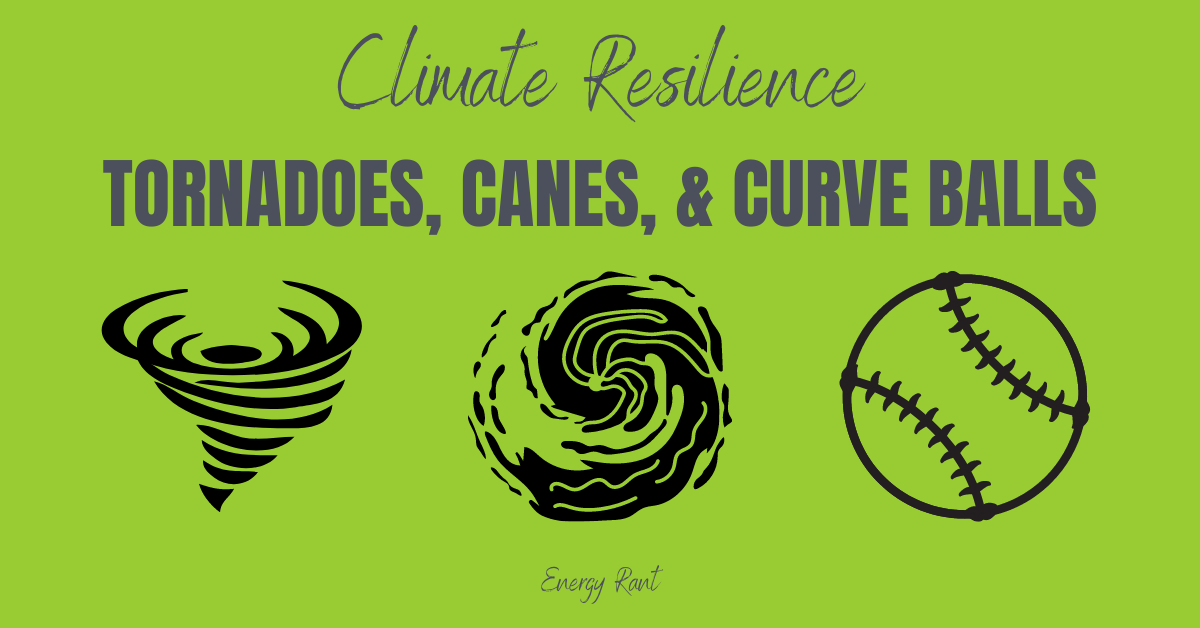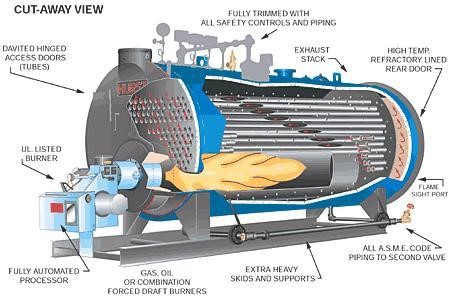
This week we continue responding to the reader question, “What kind of home can withstand fire, hurricanes, floods, heat domes & polar vortex?” Before we get into design considerations, let’s look at modes of failure. From my research, hurricanes and tornadoes function similarly with similar wind speeds. Their difference is size and duration, of course. Let’s look at the scales used for hurricanes (Saffir-Simpson) and tornadoes (Enhanced Fujita). Tornado and Hurricane Engines Low-pressure systems, tornadoes, and hurricanes all spin counterclockwise in the northern hemisphere, and they all represent rising air. Rising air results in cloud formation (condensation), and if the…
Read More




